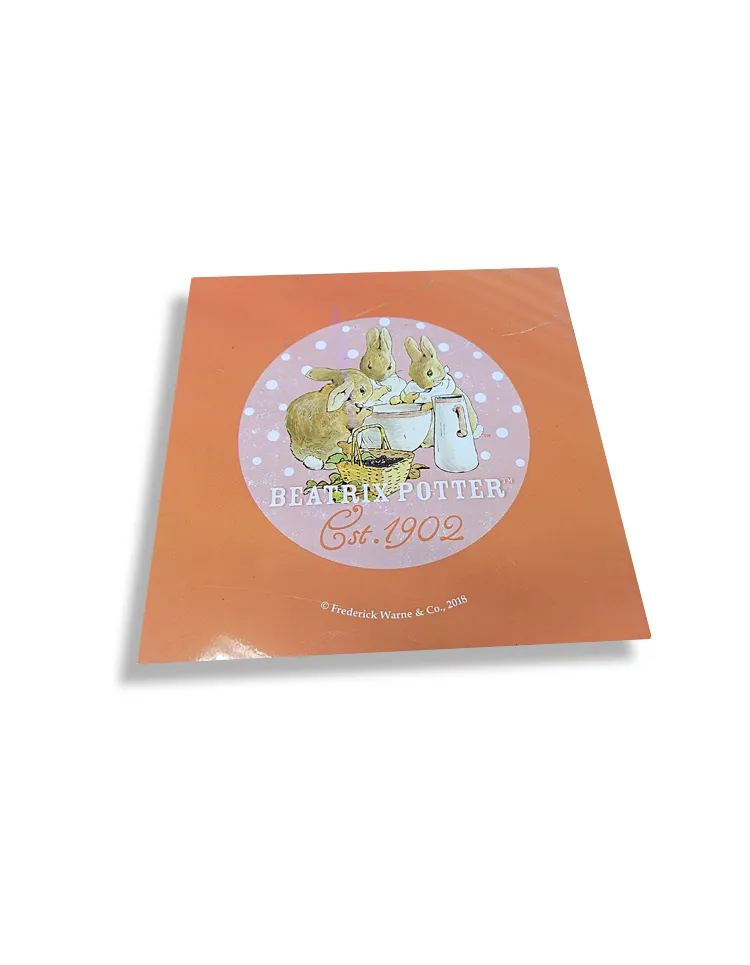As a metal material widely used in food, beverage, chemical and other industries, tinplate has become one of the important packaging materials in many fields because of its good anti-corrosion performance and aesthetics due to the tin-plated layer on its surface. However, during the production and use process, sometimes we will find black spots on the surface of the tin plate sheet. The appearance of these black spots not only affects the appearance of the product, but may also cause more problems, such as affecting its anti-corrosion performance.
What causes the black spot phenomenon? What specific impact will it have on the performance and use of tin plate sheets? This article will deeply explore the issue of black spots on tin plate sheets from the aspects of the definition, causes, classification and impact of black spots on tin plate sheets.

What are the black spots on the tin plate sheet?
In the industrial production process, tin plate sheets usually undergo multiple processes such as steel substrate processing, tin plating, and surface coating. The black spots on the tin plate sheet usually refer to a significant color abnormality that appears on the surface of the tin plate sheet after these processes are completed. These black spots generally appear in the shape of dark or black spots, vary in size, and may be scattered or concentrated.
These black spots are often caused by improper surface treatment or problems in some aspects of the process. They are not just visual flaws, but may also affect the quality and durability of the tinplate. Especially in industries such as food and beverages that have high requirements on material surfaces, the black spot phenomenon will directly affect consumers' trust and the market competitiveness of products.
What causes black spots?
To understand the cause of black spots on the surface of tin plate sheet, we first need to start with the production process of the material itself. The production process of tin plate sheet involves a variety of process steps, and each step may lead to the formation of black spots due to improper operation or equipment failure. Here are a few common causes of black spots:
Raw material issues
The core material of tinplate is low carbon steel, and low carbon steel itself may be mixed with some impurities during the smelting process, such as sulfur, phosphorus, etc. These impurities will produce some defects on the steel surface during subsequent rolling or processing, such as tiny holes or dents. These defects are not completely covered during the tinning process of tinplate and thus show up in the form of black spots in the final product.
In addition, improper treatment of the oxide layer on the steel surface may also lead to the appearance of black spots. Low carbon steel is easily oxidized to form iron oxide when in contact with air. If these oxides are not completely removed before tin plating, these oxides may change and form black spots during subsequent heat treatment or tin plating processes.
Problems in tin plating process
Tin plating is a core process step in tinplate production. However, improper operation or equipment failure during this process can also lead to the formation of black spots. Common tin plating process problems include:
● High impurity content in the tin plating solution: In the tin plating process, if the electrolyte used contains too many impurities, these impurities may be deposited on the surface of the steel plate during the electroplating process, forming black spots. These black spots usually have weak adhesion to the tin layer itself and are prone to peeling off.
● Uneven thickness of tin plating: If the thickness of the tin layer is unevenly controlled during the tin plating process, the areas where the tin layer is too thin will be more likely to expose the steel substrate, thus forming black spots. This situation is usually related to a malfunction of the tin plating equipment or improper operation process.
● Incomplete surface cleaning: Before tin plating, the surface of the steel plate needs to be cleaned and pickled to remove possible oil stains, oxides and other impurities on the surface. If cleaning is not thorough, these impurities will form black spots after tin plating, affecting the appearance and performance of the tin plate sheet.
Problems in the coating process
In some tinplate products, further coating or printing processes are required after tin plating to enhance its corrosion resistance or improve its aesthetics. If the coating process is improper, it may also lead to the appearance of black spots. Black spots in coatings usually originate from several reasons:
● Ink impurities: During the tinplate printing process, if the ink used contains impurities, these impurities may form spots or black spots on the printing surface. Especially during the high-temperature baking process, impurities in the ink will undergo chemical reactions, further deepening the appearance of black spots.
● Uneven coating: If the coating thickness is uneven during the coating process, the coverage effect in some areas will be poor, which may expose flaws in the underlying layer or be polluted by the outside world, leading to the formation of black spots.
Problems arising during storage and transportation
Even if every aspect of the production process is properly controlled, black spots may still appear on the tin plate sheet if it is not handled properly during storage and transportation. For example, if the tin plate sheet is stored in a humid environment for a long time, slight oxidation may occur on the surface, forming black oxide spots. In addition, if the tin plate sheet is contaminated by the outside world during transportation, such as contact with oil, dust, etc., it may also cause the formation of black spots.

What are the types of black spots?
Black spots on tin plate sheets can be divided into several categories based on their causes and characteristics. Understanding these different types of black spots can help you quickly determine the source of the problem and take appropriate improvement measures.
Surface impurity black spots
This black spot is caused by the presence of impurities or contaminants on the surface of the material that were not removed during the production process. Impurity-type black spots are usually unevenly distributed and have a rough surface, mainly appearing in areas with uneven tin plating or coating. The occurrence of such black spots is mainly caused by incomplete surface cleaning or excessive impurities in the plating solution.
Oxidized black spots
Oxidation black spots are caused by oxidation on the surface of steel. Steel reacts with oxygen when exposed to air to form iron oxide or tin oxide, which appear as black specks on the surface of tinplate. Oxidized black spots are usually caused by improper pickling or anti-rust treatment before tin plating, or the storage environment is too humid.
Tin plating defective black spots
Such black spots are usually caused by uneven tin plating or poor adhesion of the tin layer during the tin plating process. These black spots are more obvious and are usually distributed over a larger area of the tinplate surface. Tin plating defective black spots are a serious problem in production, because they not only affect the appearance, but also reduce the anti-corrosion performance of tinplate.
Coating defective black spots
Coating defect black spots are caused by problems in the coating or printing process. These black spots may be caused by uneven coating thickness, impurities in the coating, improper baking temperature control, etc. Coating defective black spots usually appear in subsequent processing processes, and their impact is particularly obvious on products with high requirements for printing effects.

What impact do black spots have on the performance of tinplate?
The appearance of black spots on the surface of the tin plate sheet is not only an appearance problem, it may also have a certain impact on the performance of the material. Specifically, black spots will affect the application of tinplate in the following aspects:
Reduced anti-corrosion performance
The anti-corrosion performance of tinplate mainly depends on the tin plating layer and coating on its surface. If the black spots are caused by uneven tin plating or coating, then the protective properties of these areas will be greatly reduced. When exposed to moisture, acid and alkali environments, black spot areas are more susceptible to corrosion, leading to oxidation and rust of the base material.
Affect appearance quality
In industries such as food and beverages, the appearance quality of packaging materials directly affects consumers' purchasing decisions. Black spots on the surface of the tin plate sheet will make the product look of poor quality, thereby affecting market sales. In addition, black spot problems may also cause shutdowns of packaging production lines, increasing production costs and time.
Affects the mechanical properties of materials
While black spots are primarily a cosmetic problem, in some cases they may also indicate internal defects in the steel substrate, such as impurities or holes. These defects can weaken the material's mechanical properties, making it more susceptible to deformation or breakage during use.

